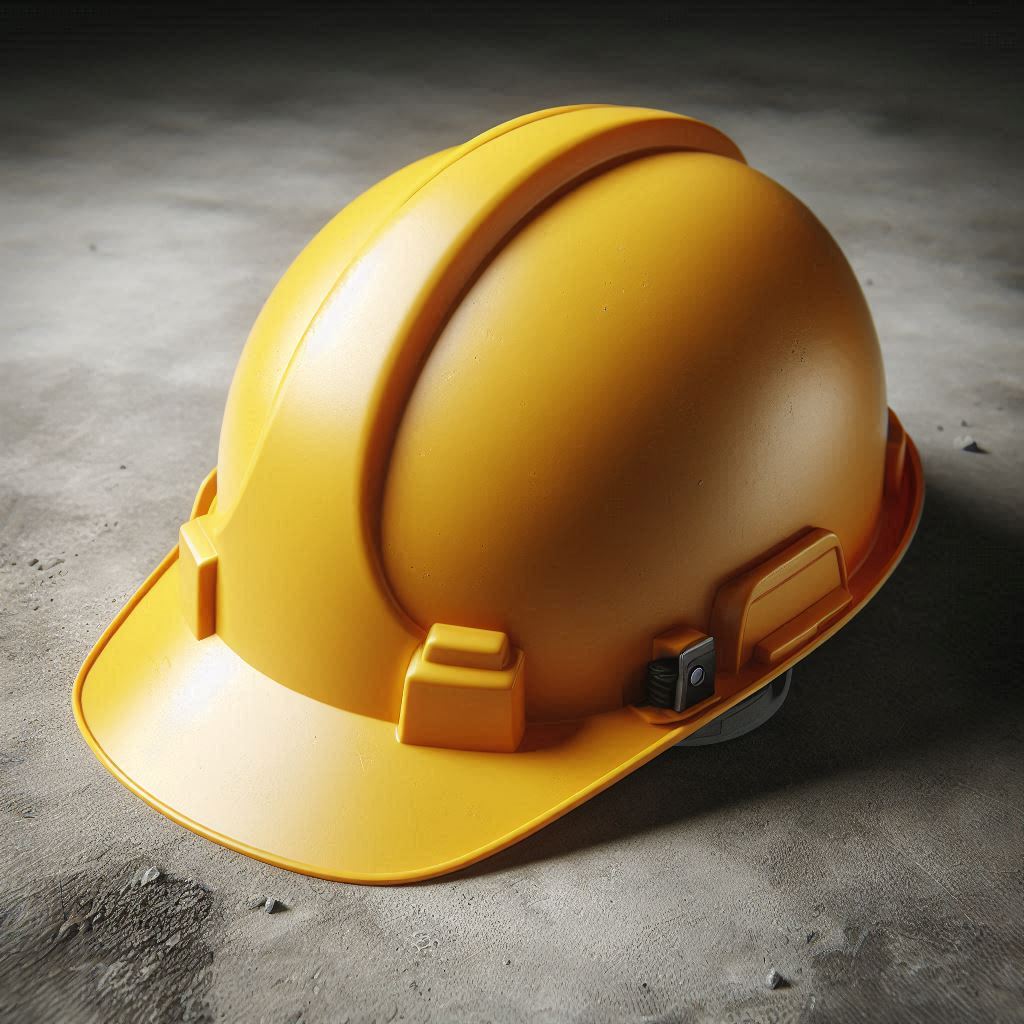Workplace accidents can happen in any sector, from construction sites to offices. If you have been injured in Belfast, Bangor, Ballymena or anywhere in Northern Ireland because of unsafe working conditions or employer negligence, you may be entitled to compensation for your injuries, lost income, and expenses.
Many people worry about legal costs when thinking about making a claim. The good news is that you can usually pursue a claim in Northern Ireland without paying any money upfront.
Why “No Win, No Fee” Doesn’t Apply in Northern Ireland
In England and Wales, personal injury solicitors often offer “No Win, No Fee” agreements. However, these arrangements are not permitted under Northern Ireland law.
Instead, solicitors in Belfast can still provide risk-free legal representation through other funding options that mean you do not face out-of-pocket costs.
Risk-Free Ways to Fund Your Claim
1. Unsuccessful opponent-Pays Legal Costs
If you are sucessful in your claim, your employer’s insurance company will pay your legal costs as part of the settlement. This ensures that you receive your full compensation without deductions.
2. Legal Expenses Insurance
Some solicitors offer Legal Expenses Insurance that protects you if you do not succeed and gives you peice of mind. If your case does not succeed, by paying a small insurance premium, you are covered in the event that your opponent is successful and the LE Insurance covers your opponent’s costs. This keeps you fully protected.
3. Legal Aid
In certain cases, you may qualify for Legal Aid. Your solicitor can advise whether you meet the criteria and help with the application.
What Types of Work Accidents Can Be Claimed?
You may be able to claim compensation for a wide range of injuries at work in Belfast, including:
-
Falls from ladders, scaffolding or heights
-
Slips, trips and falls in unsafe workplaces
-
Accidents involving machinery or vehicles
-
Back and manual handling injuries
-
Industrial illness or occupational disease
-
Injuries from defective equipment
If your injury was caused by negligence or unsafe working practices, you should seek legal advice immediately.
How to Start a Claim in Belfast
The claims process is straightforward:
-
Seek medical attention for your injuries.
-
Report the accident to your employer and ensure it is recorded.
-
Gather evidence – photographs, witness details, accident book entry.
-
Speak to a Belfast solicitor specialising in work accident claims.
-
Begin your claim – your solicitor will handle negotiations with the insurance company.
Most cases are settled without the need to go to court.
How Long Do I Have to Claim?
As outlined in our previous articles for time limits involved in Personal Injury Claims, In Northern Ireland, you normally have 3 years from the date of the accident (or the date you became aware of your injury) to start a claim. After this, you may lose the right to compensation.
Why Choose a Local Belfast Solicitor?
Choosing a solicitor based in Belfast gives you:
-
Local knowledge of Northern Ireland law and courts as well as judicial decisions
-
Personal service and communication that suits you from WhatsApp to face-to-face meetings
-
Experience in handling accident at work claims across a wide range of industries for both Plaintiffs and Defendants.
A local solicitor understands both the legal process and the practical realities of claiming in Northern Ireland.
Frequently Asked Questions
- Do I pay anything upfront?
No – your solicitor will explain how costs are covered so you are not out of pocket. - What if my claim is unsuccessful?
Insurance or Legal Aid can protect you against paying the other side’s costs. - Will I lose my job if I make a claim?
It is unlawful for an employer to dismiss you for exercising your legal right to claim compensation.
Take the First Step Today
If you have suffered an accident at work in Belfast, you could be entitled to significant compensation. With no upfront costs and a free initial consultation, there is nothing to lose by seeking advice.
Contact our Belfast workplace injury team today using our Online Portal to discuss your case in confidence.
















